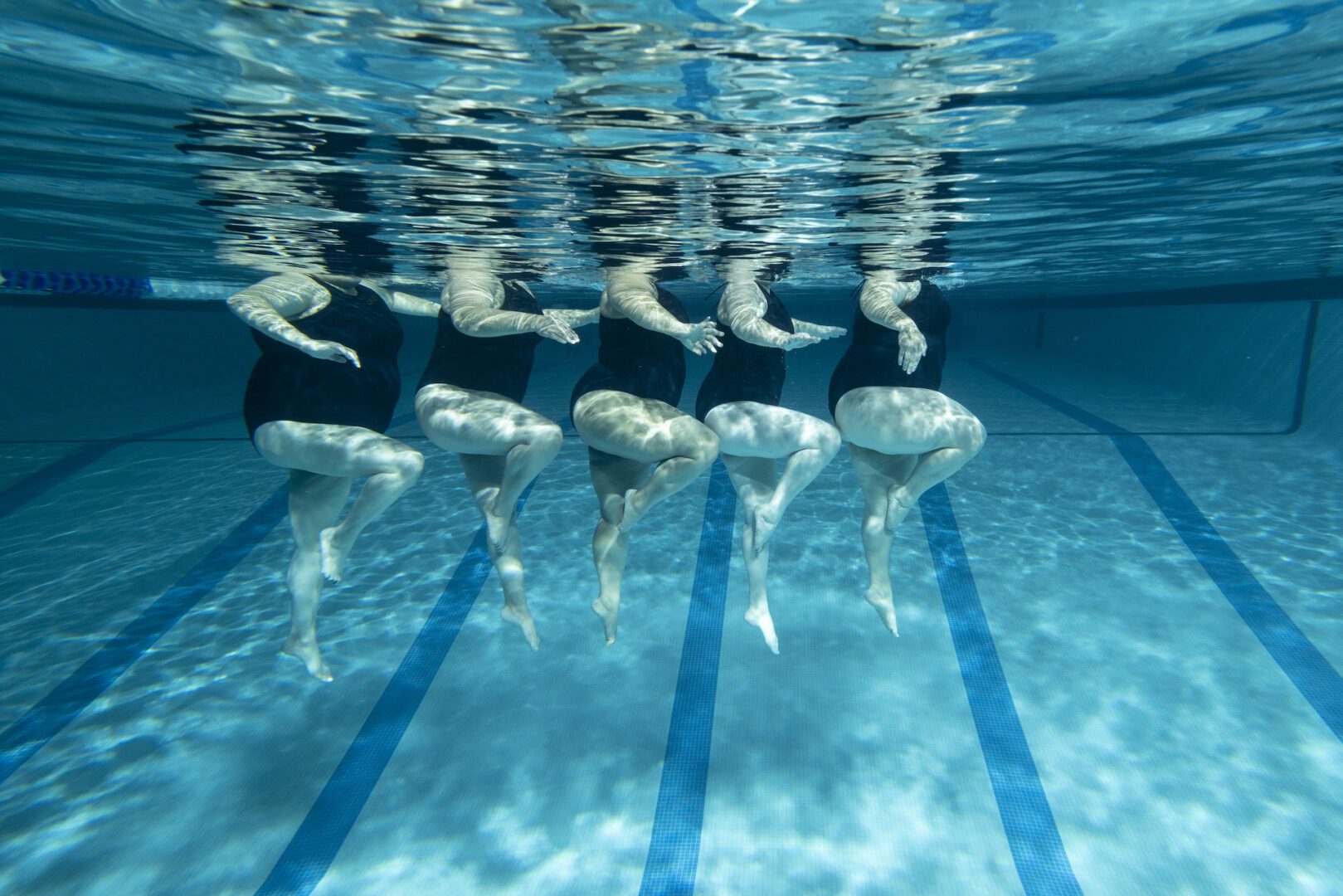The Design Museum, London, will open Splash! A Century of Swimming and Style on 28 March. This playful yet profound exhibition explores humankind’s deep-rooted relationship with water through design. There are over 200 objects on display – spanning a century of swimwear, architecture and aquatic culture. From Pamela Anderson’s iconic Baywatch swimsuit to the revolutionary (and banned) LZR Racer, Splash! promises to take a deep dive into the evolution of swimming and society.
Since its founding in 1989, the Design Museum has established itself as a world-leading institution dedicated to showcasing the past, present and future of innovation. From architecture and fashion to technology and product development, the museum has consistently delivered groundbreaking exhibitions that explore design’s role in shaping the world. Recent exhibitions, such as Rebel: 30 Years of London Fashion, Ai Weiwei: Making Sense, and Electronic: From Kraftwerk to The Chemical Brothers, have demonstrated its ability to blend historical narratives with contemporary cultural relevance. Splash! follows suit through its bold and impressive programming. The museum continues its tradition of insightful and thought-provoking exhibitions, bringing together historical artefacts, fashion statements and architectural innovations to explore the intersection of swimming and design. However, bigger still, the curators ask us to pause and reflect on what these objects say about our life and times.
Swimming has long been more than just a sport or pastime – it’s a cultural phenomenon. The exhibition, guest-curated by dress and design historian Amber Butchart alongside the Design Museum’s Tiya Dahyabhai, traces the evolution of swimming from the lido boom of the early 20th century to the viral Mermaidcore trend of the 2020s. Butchart says: “We wanted to show how swimming is so much more than just a sport. The history of swimwear and swimming mirrors wider changes in society over the past century, from issues of bodily autonomy and agency to how we spend our leisure time.”
Pamela Anderson’s instantly recognisable red Baywatch swimsuit is also included. It’s an object laden with meaning. Harking back 30 years, now we can see it for what it really was: part of a TV show that reinforced gender stereotypes, objectified women under the pretence of empowerment, rejected the diversity of real coastal communities, pushed a hyper-masculine ideal and absolute lack of acknowledgment about wider societal issues. However, Baywatch aside, what makes this swimming costume so intriguing is its historical significance and meaning – effectively what it says about life and society in the 1990s. It takes something like Pamela Anderson’s bathing suit, from a fictional character in a hit TV show, and turns it on its head. This is why Splash! is so significant.

Splash! also includes one of the earliest surviving bikinis, dating back to 1951. It was designed by French engineer Louis Réard in 1946 and named after the nuclear testing site Bikini Atoll. Its daring two-piece design initially sparked controversy, but, over time, became an emblem of liberation and body confidence. Men’s swimwear also takes centre stage, with a special display of 10 Speedo briefs from the 1980s to the present-day. Originally designed in the 1960s by Peter Travis, Speedos became synonymous with men’s swimwear, pushing boundaries in both design and cultural perception. A woollen swimsuit (1933) from the Westminster Menswear Archive is also included and showcases how swim fashion has evolved.
Beyond aesthetics, Splash! surveys the technological advancements that have revolutionised competitive swimming. One of the most controversial pieces on display will be the LZR Racer swimsuit, a game-changing high-performance suit developed by Speedo in collaboration with NASA. When introduced in 2008, the suit dramatically reduced drag and improved buoyancy, leading to 79 world records being broken in a single year. Its overwhelming success led to its ban by FINA in 2010, marking it as an instance of “technical doping.” Moreover, there’s a focus on the architectural side of the sport. A detailed model of the Zaha Hadid-designed London 2012 Aquatics Centre demonstrates how contemporary design has transformed public swimming spaces. Visitors will also learn about historic lidos, including the Jubilee Pool in Penzance, which has been revitalised to include the UK’s first geothermal seawater pool.
Crucially, Splash! highlights the role swimming plays in broader societal conversations. It highlights how swimwear has historically determined which bodies are welcome in public spaces, as well as how contemporary designers are challenging these norms. Through the inclusion of adaptive swimwear and modest swimwear innovations, the exhibition sheds light on the push for inclusivity in aquatic spaces. Tim Marlow, Director and CEO of the Design Museum, emphasises the Splash!’s broader impact: “The story of swimming is more than just a story of sport. By examining swimming through the lens of design, we explore evolving ideas about how we live – from materials and making to leisure, travel, performance, wellbeing and the environment.”
Splash! A Century of Swimming and Style rich mix of fashion, technology, architecture and cultural commentary make this one of this spring’s must-see exhibitions. This show typifies the curation at the museum – bold, daring and ambitious. Visitors will leave with a deeper appreciation for the profound impact swimming has had on our cultural landscape by examining the evolution of the bikini, marvelling at groundbreaking swimsuits or reflecting on how water shapes our identities. 10 out of 10.
Splash! A Century of Swimming and Style | 28 March – 17 August | Design Museum, London
Shirley Stevenson
Image credits:
1. Subversive Sirens. Photo by Ackerman + Gruber
2. Photo #7 Willie & Toukie Smith designer & model. NYC 1978. Courtesy of Anthony Barboza





